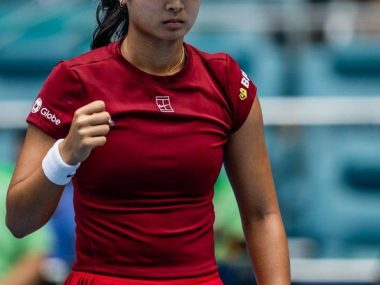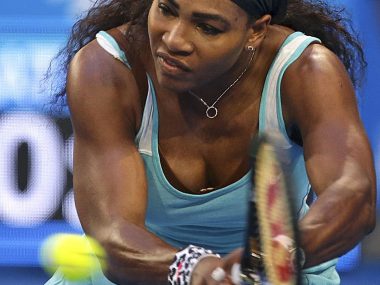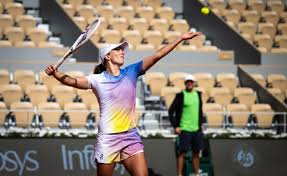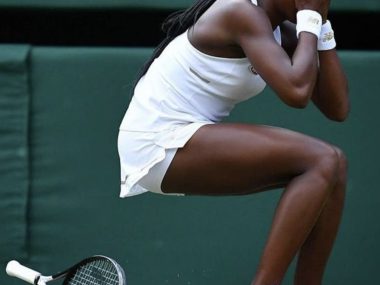Imagine rising from controversy to fairy-tale ends: that’s exactly what happened to Iga Świątek and Jannik Sinner at Wimbledon 2025. Both began the year battling anti-doping issues—yet ended it as grass-court royalty.
Świątek, whose grace on clay has long captivated fans, stumbled in 2024 when she tested positive for trimetazidine (TMZ), traced back to contaminated melatonin. Found to have “no significant fault or negligence,” she received a one-month suspension—but it cost her several tournaments and her world No. 1 ranking.
Meanwhile, Sinner’s positive tests for clostebol—attributed to accidental contamination during physiotherapy—led to a resolved case with a three-month ban agreed upon through WADA, without disputing his integrity. His suspension didn’t derail his momentum
Fast forward to Wimbledon: Świątek whipped through the competition like a force of nature, not dropping a set beyond the second round and sealing her win with a stunning 6-0, 6-0 double bagel—the first in a women’s final in over a century . Sinner, equally poised, vanquished defending champion Carlos Alcaraz to claim his first Wimbledon crown—and become the first Italian man ever to do so.
But Wimbledon wasn’t just about trophies—it was about redemption and joy. At the Champions’ Ball, the two champions shared a delightfully awkward yet charming dance, twirling to “Feel It Still,” earning applause—and a playful nod from Laura Robson that the audience was “drunk enough” not to judge their moves.
Critics were quick to voice concerns, with figures like Novak Djokovic and Nick Kyrgios questioning the fairness and consistency of doping penalties—especially when elite players like Świątek and Sinner returned so quickly.
Yet their performances spoke volumes. Both athletes emerged triumphant—not just with hardware in hand, but with character, resilience, and a powerful narrative of redemption. Wimbledon 2025 wasn’t just a tournament—it was a testament to the spirit of sport.






